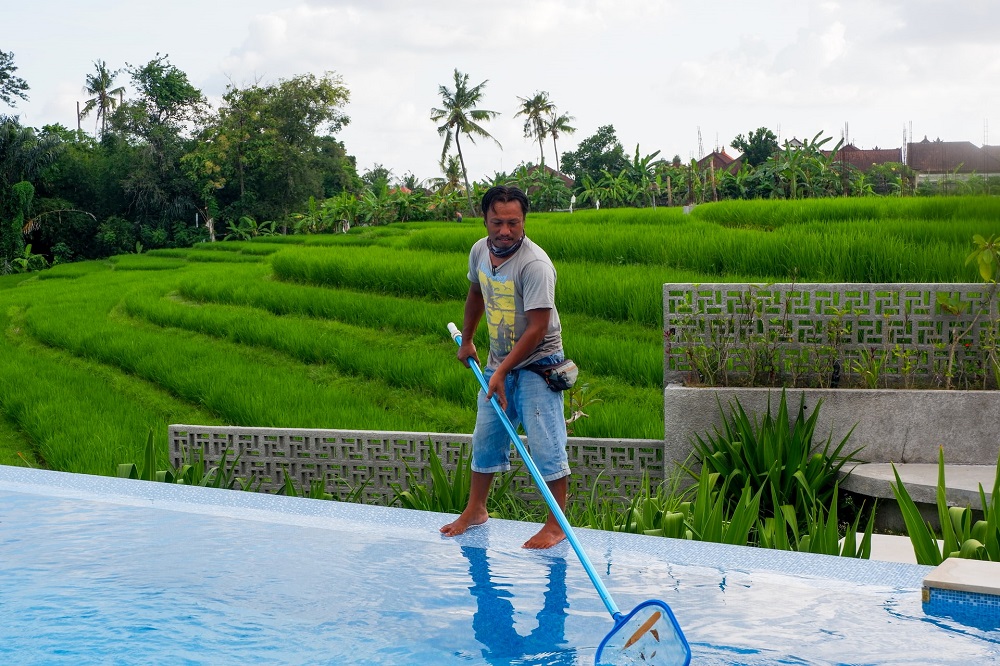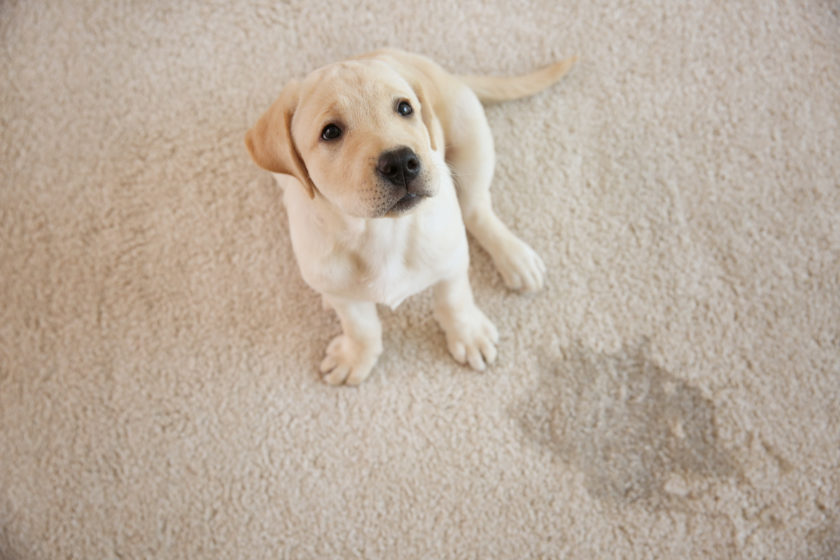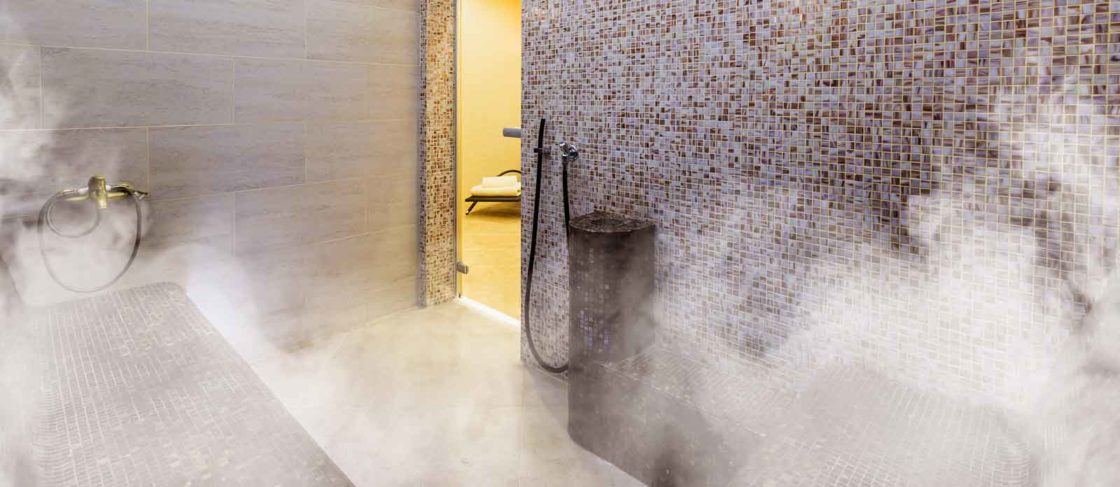It’s no secret that cleaning a pool to prevent bacteria infestation and algae growth is necessary for a pool owner. It’s, therefore, important to clean your pool frequently to keep it clean and sanitary for swimming. After all, a filthy pool can be detrimental to your health and overall wellbeing.
Most pool owners encounter the problem of how to clean the bottom of pool without vacuum, more so, given the tedious nature of cleaning by hand. Fortunately, you’ve come to the right place.
In this guide, we’ll walk you through the ins and outs of how to get the job done efficiently without a pool vacuum. It boils down to relying on the right equipment and pool maintenance.
Method 1: By Hand Using a Filter
Cleaning a pool with a filter is a walk in the park. The process entails cleaning the filters properly to allow them to effortlessly get rid of the dirty pool water. As you do so, ensure the sides of your pool are brushed thoroughly to eliminate algae, dirt, bacteria and debris that have settled on them. You can then turn on the filter.
Alternatively, you can use a garden hose coupled with an attachment to get the job done perfectly. It comes in handy in eliminating the buildup of debris, dirt, algae and other harmful microorganisms lurking at the bottom of your pool by washing them away through the filter.
Method 2: Using Shock
Besides being the most common, the shock method is an affordable and foolproof way to get rid of algae and other harmful microorganisms at the bottom of your pool. It entails using a shock product and items you’re likely to have in your home. You’ll need:
To get started, follow the steps below:
- Pour one pound of the pool shock into a bucket of water.
- Apply the mixture to the floor of your pool.
- Run the pool filter continuously for up to 24 hours to ensure it mixes properly and kills all harmful microorganisms.
It’s worth keeping in mind that your pool is expected to be cloudy once you complete the process. To eliminate the fogginess, a clarifier will come in handy. Alternatively, you can run the pool for a day to clean it.
Do you need to brush your pool before shock cleaning? Yes! It’s advisable to brush the sides and floor of your pool to loosen the algae, dirt, and debris in preparation for shock cleaning. Brushing also lowers the pH level of your pool. While you may not realize it, a high pH level can curb the chlorine shock from effectively destroying the algae.
Method 3: Using Tennis Balls
It’s one of the most straightforward techniques to get rid of body oils, lotions, insect repellants and other impurities in pool water. To get started, toss a few tennis balls into your pool and let them work their magic, all while floating on the surface.
After a while, you’ll notice the balls become dirty. That’s your cue to dispose of them and throw clean ones into the water.
Method 4: Using Algaecide
If all the tricks you’ve tried prove futile and you notice algae in your pool, using algaecides is your best bet. It’s an effective formula that requires no extra tools for success.
There’s no denying that algae come in different types, ranging from black and yellow to green. Therefore, they are treated in various forms, so it is essential to confirm the type of algae is lurking in your pool before choosing a given kind of algaecide.
When utilizing algaecide, remember to run the pool pump continuously for optimal water flow. Lastly, pour the algaecide into your pool, and let the filter run for up to 24 hours to effectively flush the filthy water.
Method 5: Using a Leaf Rake
If your pool has large debris ranging from leaves and twigs to flower petals, then a leaf rake is right up your alley. Ensure you opt for a plastic leaf rake to avoid scratching the swimming pool. Once you pile up the debris in one area using the rake, remove it.

Method 6: How to Eliminate Algae From Your Pool by Hand Without a Filter
If your pool lacks a filter, getting rid of the algae buildup will require lots of elbow grease, as you’ll need to be active in the cleanup process. That entails draining the pool and sweeping the algae at the bottom.
As you do so, it’s worth keeping in mind that you should sweep the algae gently to avoid scattering it and making the process more tedious. Once you sweep the algae into a corner of your pool, use a dustpan to collect and dispose of it.
Consult with a professional before draining your pool. Draining it the wrong way can cause significant damage.
How to Prevent Algae Growth in Your Pool
Once you get rid of an algae infestation in your pool, you can take steps to prevent future growth. After all, prevention is better than cure. It’s crucial to diminish the debris and dirt that accumulates on the surface of your pool. You should always strive to scrub and clean the surfaces, ranging from the walls, stairs and ladder to the surroundings.
Additionally, it’s worth keeping in mind that curbing algae growth also entails periodically confirming that the pool pump is functioning optimally. That’s because excellent water flow means the chances of algae growing in your pool are slim to none since they thrive in stagnant water.
How Frequently Should You Clean the Bottom of Your Pool?
Although it boils down to the frequency of use, cleaning your pool twice a week is advisable. Nevertheless, if your pool isn’t peppered with bugs, leaves, twigs, dirt, algae or debris, once a week should suffice.
There is a wealth of cleaning equipment and tools that you can buy to make the process as efficient as possible. Resultantly, you’ll avoid creating unpleasant and frustrating scenarios that could have been prevented.
Bottom Line
Now that you know how to clean the bottom of a pool with a vacuum, the ball is in your court. You can keep your pool spick and span, free of algae, dirt, debris and harmful microorganisms that are not only unsightly but also damaging to your health.

